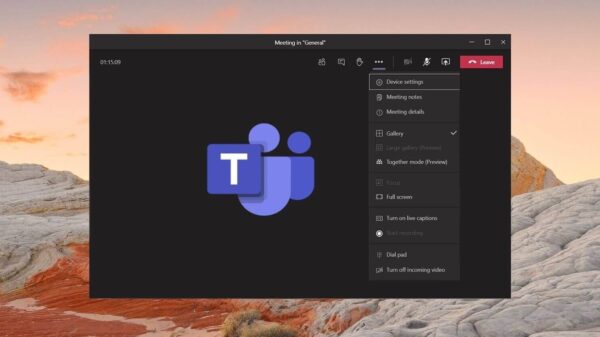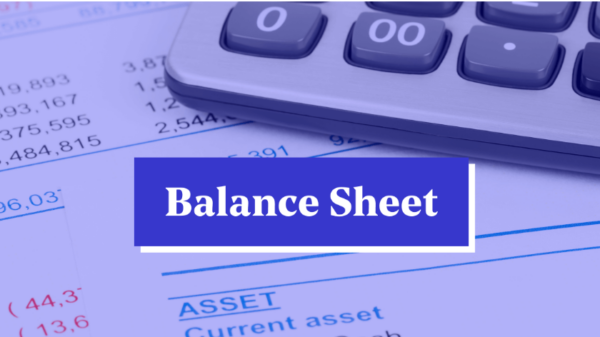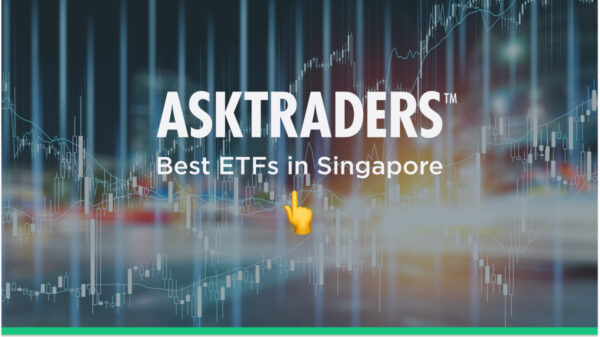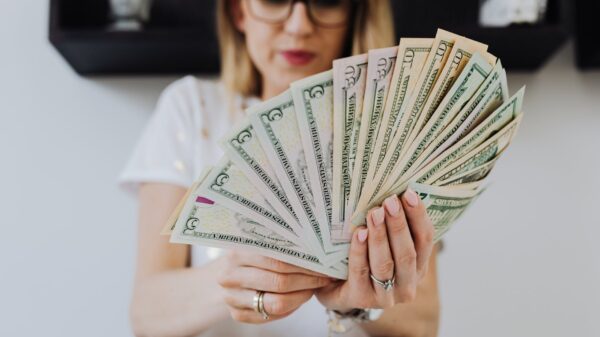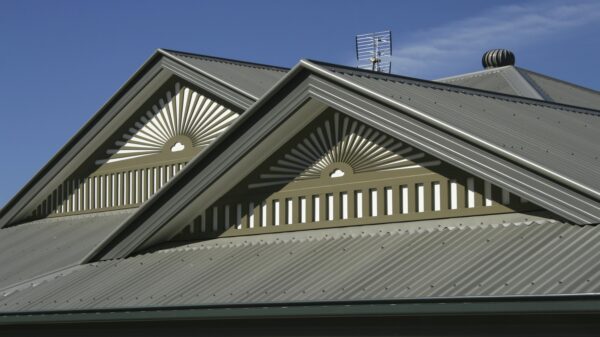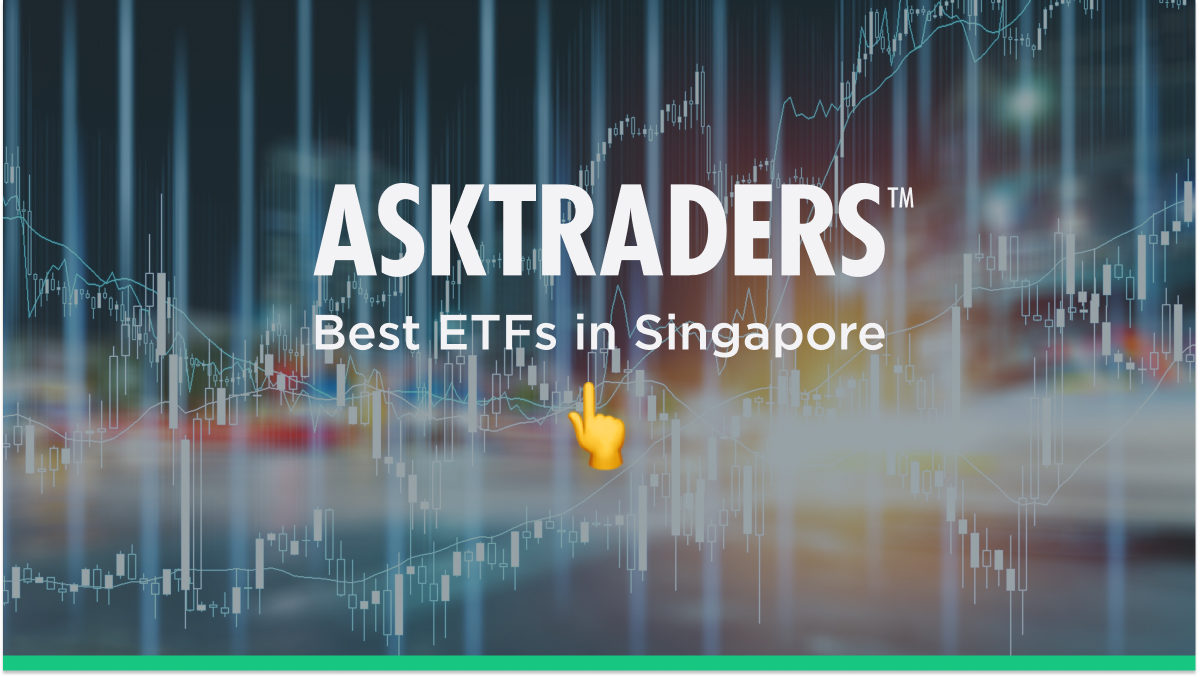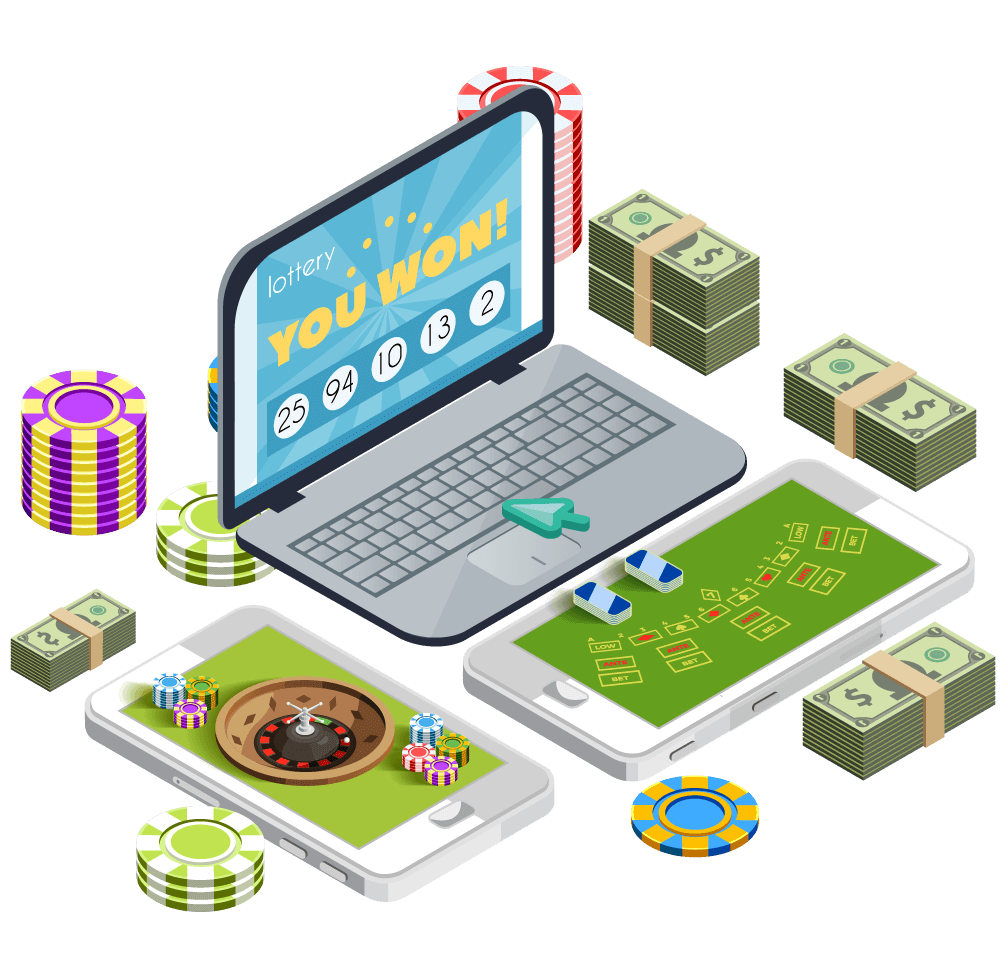What are ETFs?
Exchange-traded funds (ETF) is a fund that tracks an index, bonds, commodities, and a basket of assets like an index fund does. These types of securities trade on the stock exchanges just like individual stocks.
History:
ETFs were introduced into the U.S market in 1993, with only 21 products listed. As of 31st March 2016, there were more than 2700 ETFs with about $3 trillion in total net asset value (NAV), according to the BlackRock report*. The sharp increase in number and size is partly due to their low-cost structure and tax-efficient nature compared with other mutual funds.
Types of ETFs
There are mainly four types of ETFs: the index ETF tracks mainly:
-
Equity indices
-
Commodity index
-
REIT indices
-
Fixed income indices
And there are two active ETFs tracking the Straits Times Index:
-
The SPDR STI ETF
-
Nikko AM STI ETF
You can also opt to invest in the Gold SPDR. (read this article for more info).
Index funds aim to track an index by buying all the securities in that particular index. If you invest $1,000 into an index fund, you should get close to $1,000 worth of that particular index on average if it is well-diversified. Index funds have lower cost ratios than actively managed funds because they do not require research analysts or portfolio managers.
These funds usually cost less than mutual funds, which mirror real-life portfolios for investors.An active ETF is a type of investment fund traded like stocks on stock exchanges with no restrictions regarding their investments. The performance of this type of fund does not necessarily correlate to that of the index they are tracking.
Types of ETFs in Singapore
There are two broad categories of ETFs in Singapore: i) SPDR and ii) Other types.
SPDR [pronounced “spider”] is an acronym for Standard & Poor Depositary Receipts.
A good investment vehicle in a country must have enough instruments to track the economy or market movement to have a benchmark to measure fund performance. In Asia, Japan has been the pioneer in ETF trading since 1984, with 878 listed products, while China came second with 706 products traded on exchanges. Overall, Korea has 217 listings, while Taiwan’s tally is 184.
As of 31st March 2016, there were only 12 ETFs listed in Singapore, and two of them track the Japanese index. According to BlackRock Research, the Japanese market is considered one of the best world markets to invest in due to its long-term economic stability and the increased trend towards innovative financial instruments such as ETFs and other risk premia products by investors.
SPDR [pronounced “spider”]
The SPDR is a family of ETFs listed on the NYSE, with each fund tracking a different index or sector, which aims to provide investors exposure to various markets without incurring additional costs of investing directly in individual companies/sectors, thus saving more money for investors.
For example, you can achieve stock market exposure without having to buy every company individually while at the same time avoiding high investment fees charged for actively managed funds that essentially do nothing but try to outperform a particular index.
The iShares MSCI China A-shares Index ETF is an exchange-traded fund that invests in equities of companies based in China that are listed on either Shanghai or Shenzhen Stock Exchange using the then-current A-Share rules of the Chinese government to determine eligibility for inclusion. It allows investors from outside mainland China, including international and domestic individual investors and institutions such as pension funds and corporations, to buy into these stocks with ease.
The fund is part of BlackRock’s family of SPDR ETFs and aims to track the MSCI All-Cap China 25/50 Select Index, which tracks large and mid-cap stocks only by excluding small caps.






